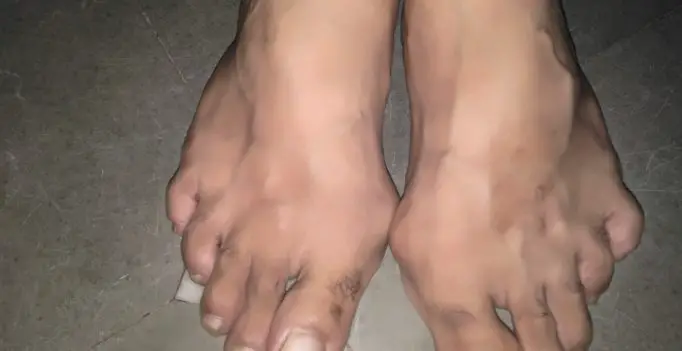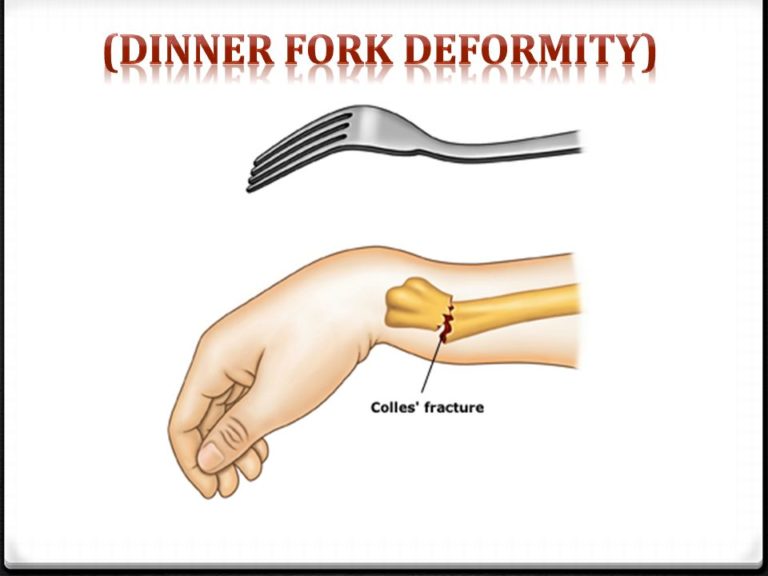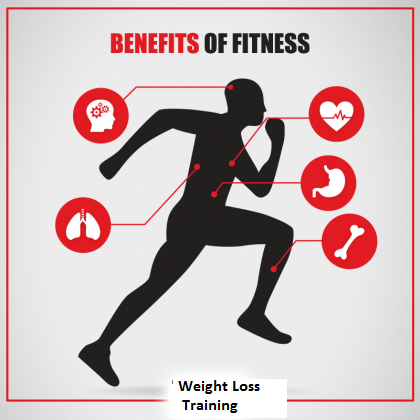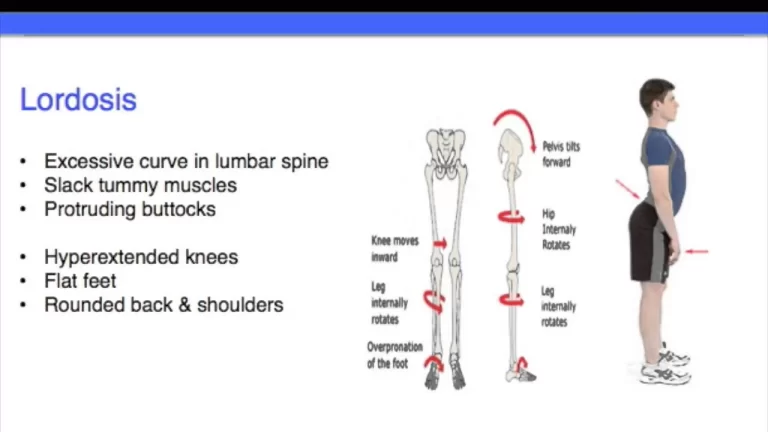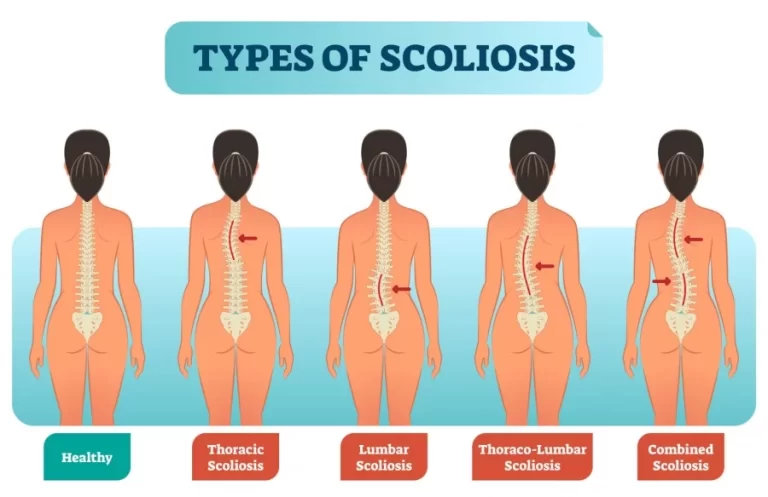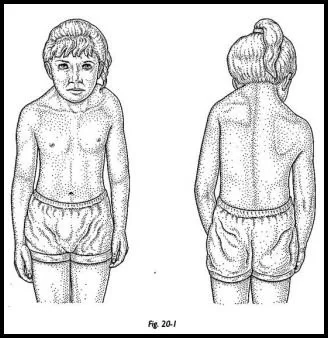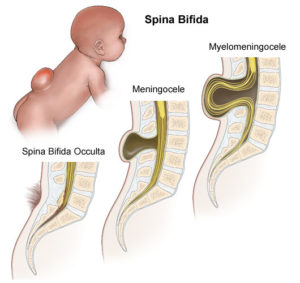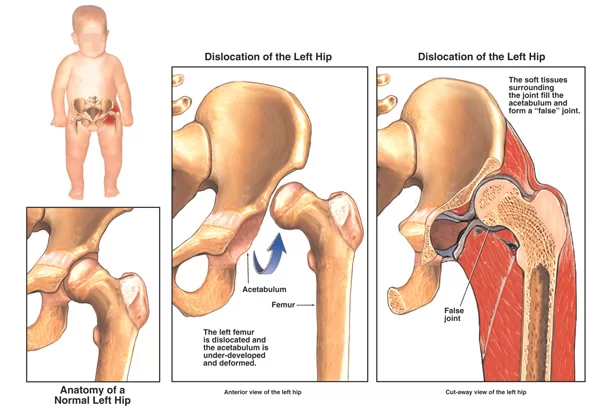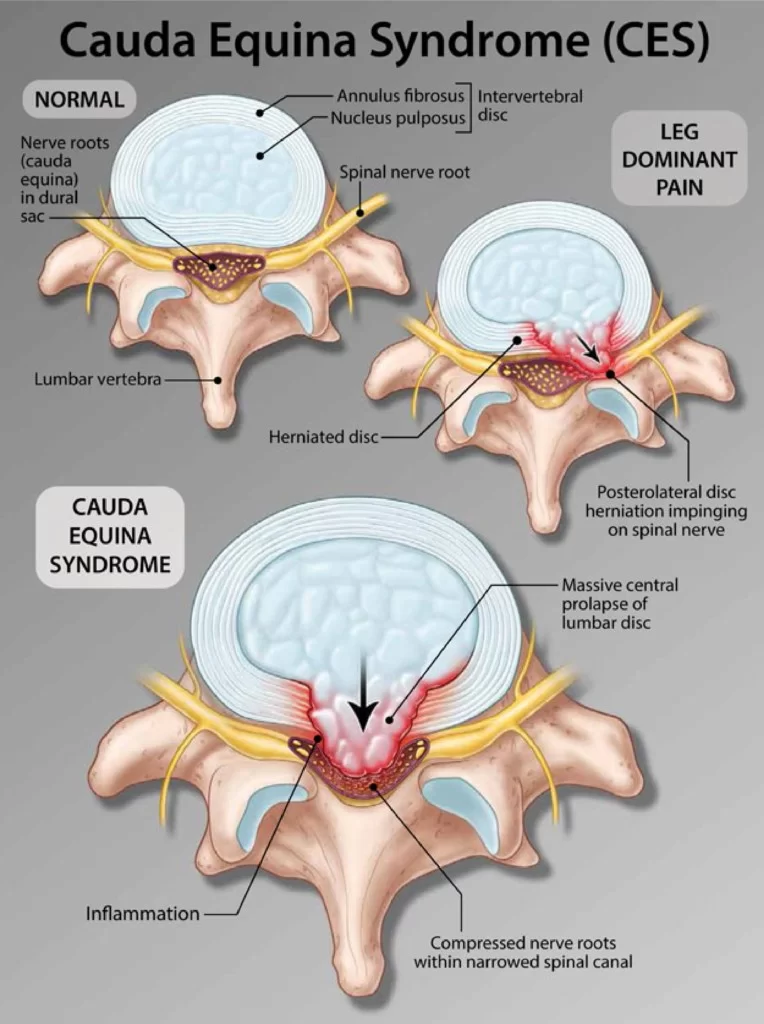Hallux Valgus Deformity: Physiotherapy Treatment & Exercise
What is the Hallux Valgus Deformity? Hallux valgus is a progressive foot deformity in which the great toe deviated towards the 2nd finger (first metatarsophalangeal (MTP) joint) is affected and is often accompanied by significant functional disability and foot pain, tenderness, and swelling around the joint. There is a lateral deviation of the great toe…

